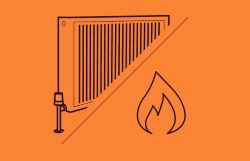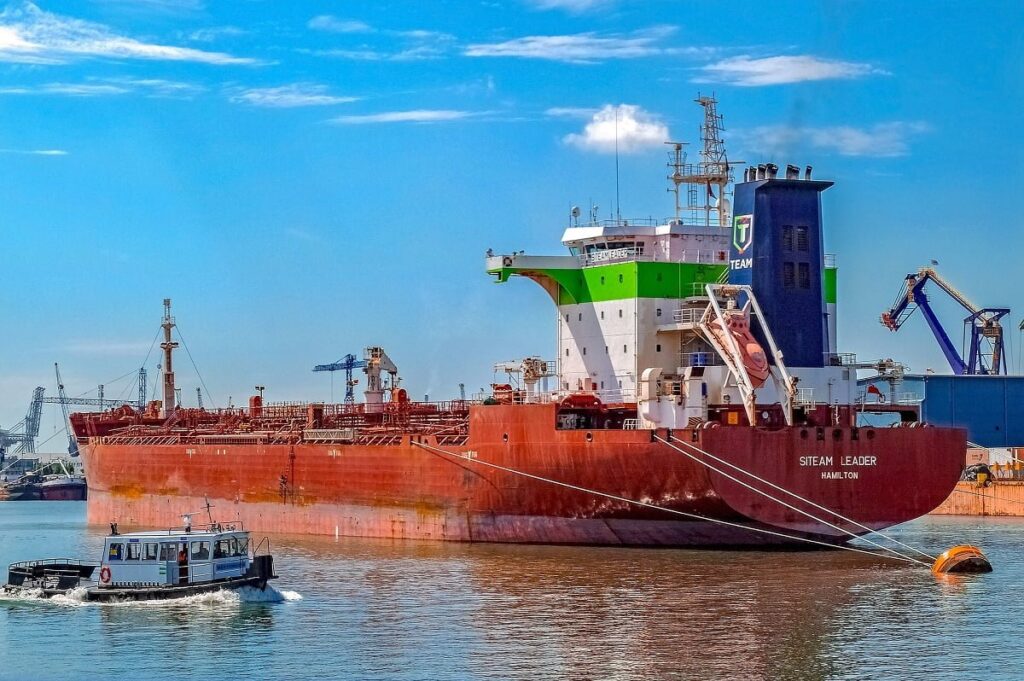High Numbers of LNG Ships Arrive in Europe Amid the Energy Crisis
Europe is dealing with natural gas shortages, which means that it might soon struggle to meet the demand for gas. The continent is very dependent on imports, especially from Russia, which has been reluctant to increase its exports. On the contrary, as Russian-Ukraine tensions are still on the rise, many fear that Russia will soon stop its gas exports to Europe completely.
If a solution is not found soon, an energy crisis will continue throughout 2022 and will be particularly intense during winter months.
In search of something that could fix the problem, Europe has been wondering whether LNG, which stands for liquefied natural gas, could fill the gap on the market. Hence, in recent weeks there has been a surge in LNG shipments from the US to Europe. Most of them are done using LNG ships.
Europe top destination for US LNG
Two months into 2022, Europe remains the top destination for LNG shipments from the US and the demand for them keeps increasing. Reuters reported that ‘about two-thirds of the U.S. LNG volumes went to Europe last month, compared to around 61% in December.’ That is a big change from previous years. In 2020, for example ‘China, Japan and South Korea were the three largest importers of U.S. LNG.’
Now, the ships are being re-routed from other parts of the world to help Europe cover gas shortages. While that might be helping Europe, it also means that certain destinations, for example, Asia are receiving less LNG and might soon face an energy crisis themselves.
LNG shipments from the US are expected to rise and they can improve the security of gas supply in Europe. Moreover, as the European Commission explains ‘ Liquefied natural gas is also an important part of the EU’s diversification strategy; and as the second biggest single gas market in the world after the US, the EU is therefore an attractive option for the US.’ Therefore the shipments can also strengthen political relations between the EU and the US.
Furthermore, the fact that Europe now imports more LNG from the US led to the US getting the title of ‘the world’s largest exporter of liquefied natural gas,’ Investor’s Business Daily observed. Before the US took the lead, Australia and Qatar were known to be the world’s largest LNG producers.
How does LNG get to Europe
Natural gas from Russia gets to Europe via pipelines. Bringing gas from the US, however, is more complicated as it has to arrive by sea. LNG has to be transported on big refrigerated LNG ships, which are cooled down to about -110C to -130C.
As Econnect Energy explains ‘due to extremely low operating temperatures, LNG cannot be loaded directly into the ship’s storage tanks without adequate preparations.’ That is why ‘an LNG ship (or tanker, carrier, vessel) is a ship equipped with containment systems for carrying LNG in bulk. A distinctive feature which separates an LNG ship from other bulk cargo carriers are the heavy insulated, temperature-controlled tanks ensuring the gas is kept in a liquid state at very low temperatures.’
Therefore, LNG ships play a crucial role in the delivery of LNG from remote destinations.
LNG demand remains high because of Russian-Ukraine tensions
One of the main reasons why the demand for LNG in Europe is so high are the ongoing tensions between Russia and Ukraine. Europe relies on Russia for about a third of its natural gas and, as Investor’s Business Daily writes, ‘about a quarter of that gas travels via pipelines routed through Ukraine. So, as the world uneasily watches President Vladimir Putin’s troops loom, countries in the region are on the hunt for alternate sources of natural gas.’
If Russia invaded Ukraine, gas exports to Europe passing through the territory of Ukraine would be disrupted. The negative consequences of such a tense political situation can be observed already. For example, the Russian Yamal-Europe pipeline shut down in December and gas flow only resumed in the first week of February. Similarly, Gazprom, Russian gas supplier, decided to cut flows of gas through Ukraine by as much as 85%.
Should the invasion happen, many countries in Europe will face unprecedented energy crises. For the time being no one knows how the situation will evolve but it is imperative that Europe braces for the worst-case scenario.




